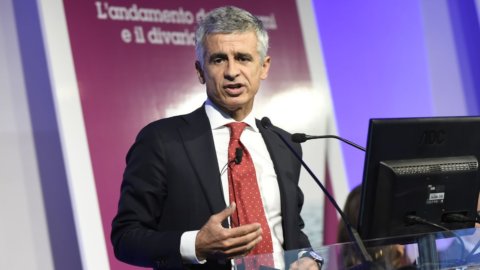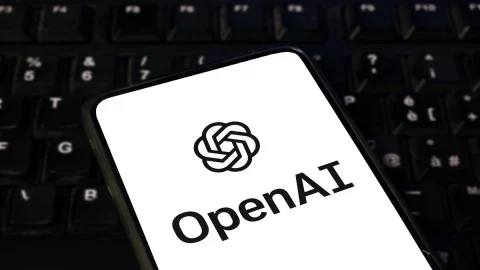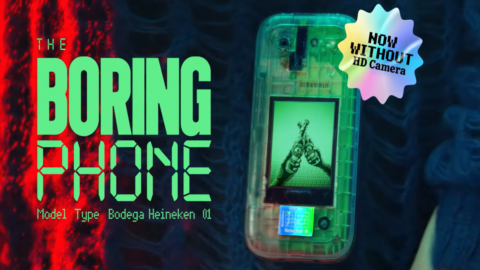Vodafone Italia accelerates the implementation of Narrowband-IoT (Narrowband Internet of Things) technology and announces 100% coverage of its 4G sites by September 2018, to create a network capable of connecting any type of object, from bicycles to containers, up to the water meters.
The Internet of things – together with the 5G network which will support its development – represent the next chapter in the transformation of the country, in which Vodafone is a protagonist, also through the 5G experimentation it is leading in Milan.
The national coverage through Narrowband-IoT technology will make possible new applications in the fields of environmental and structural monitoring, precision agriculture, smart cities and smart utilities. For example, it will be possible to connect and monitor meters for the efficiency of water systems, smart garbage bins and parking lots.
Investments in the future: more than 3 billion objects connected with the IoT
Vodafone today connects around 62 million objects worldwide, and 7,5 in Italy, figures that are constantly increasing thanks to the rapid expansion of IoT technology in all markets and which will further increase with the diffusion of NB-IoT throughout the territory. Through NB-IoT technology, in fact, it will potentially be possible to connect more than 3 and a half billion devices. A figure that is over thirty times higher than the number of active SIM cards currently in Italy.
Low power consumption and higher coverage capacity: the benefits of NB-IoT
The NB-IoT is a data transmission standard on cellular networks that integrates the characteristics of a Low Power Wide Area (LPWA) network with those of cellular networks on the LTE 2G, 3G and 4G licensed band, allowing:
– low energy consumption with battery life over 10 years;
– the coverage of remote, rural and underground areas through the adoption of techniques that improve the propagation of the radioelectric signal, up to +20dB.
The lower energy consumption is made possible by the intelligent NB-IoT sensors that use the "idle" mode, limiting the energy consumption only when there are data packets to be sent, and optimizing all those processes, pre and post sending of data, that require more time and energy. This is why the sensor batteries last up to ten years and no external power source is required.
In this way, thanks to a long battery life and a greater coverage capacity, the Narrowband-IoT already allows objects to communicate with each other that previously could not be connected, thus developing the potential of IoT technology in various markets.
Success cases and development projects
Among the first Vodafone projects in the NB-IoT field, the one with Arduino for the creation of joint commercial solutions based on Arduino hardware technology and Vodafone connectivity.
Furthermore, since September, Vodafone has opened a laboratory in Milan which, with a view to open innovation and co-creation, allows companies and the Public Administration to test the potential of the NB-IoT, and to try out their applications before the commercial launch, in a secure environment and able to exactly replicate the performance of network technology.




